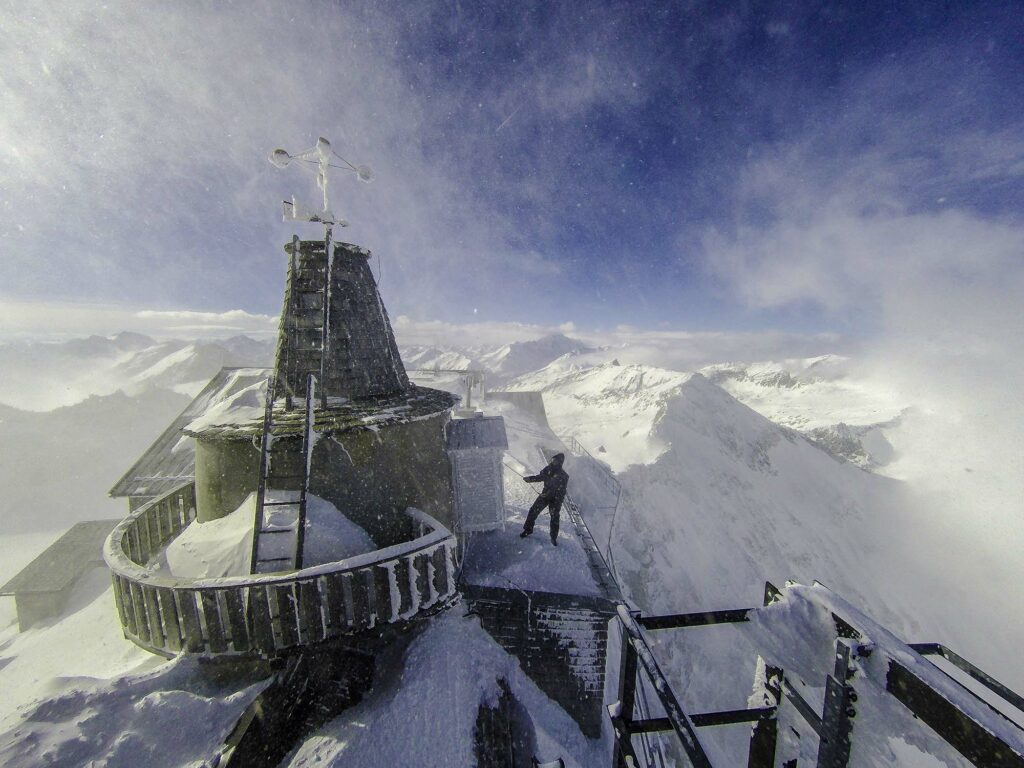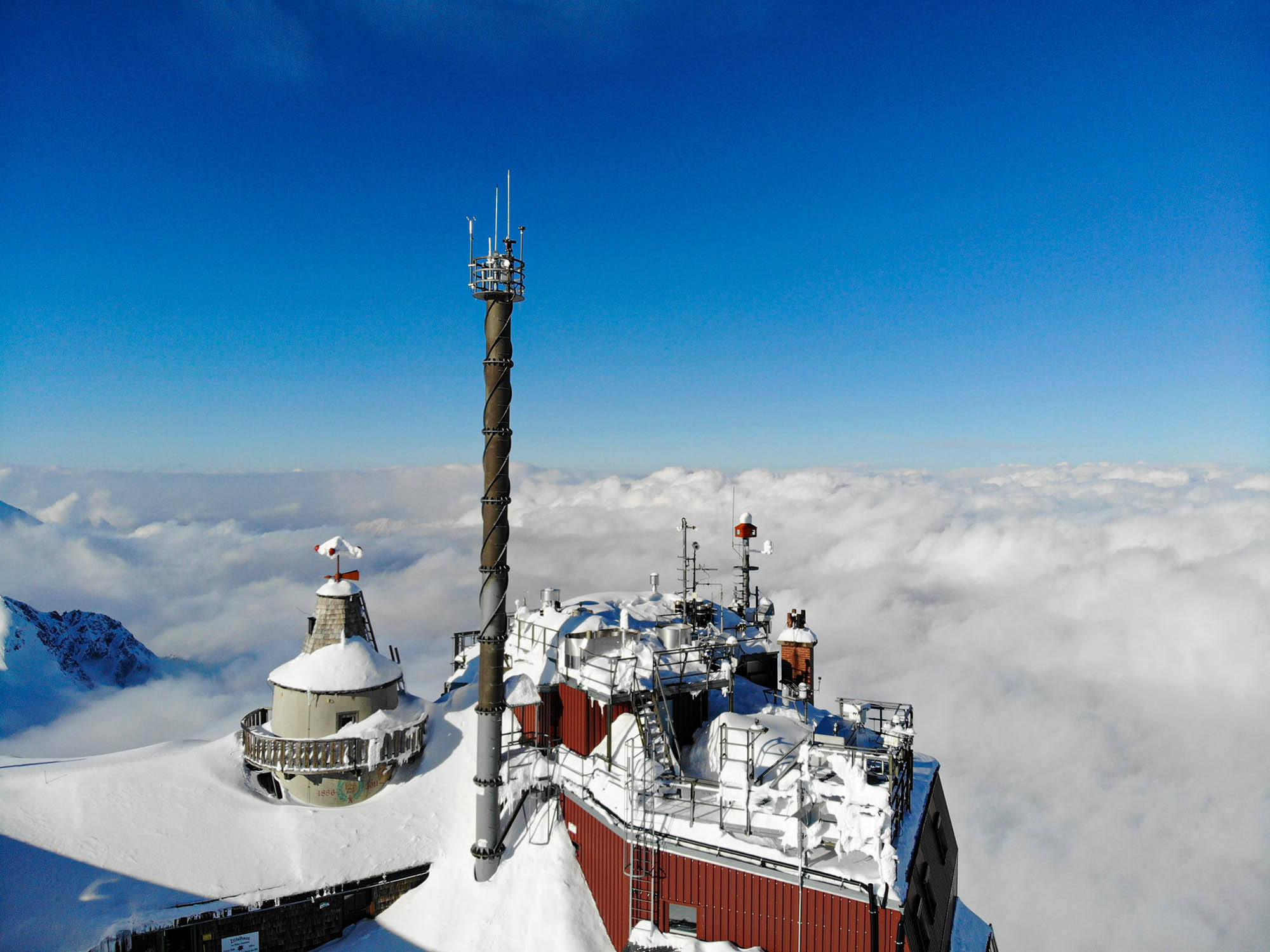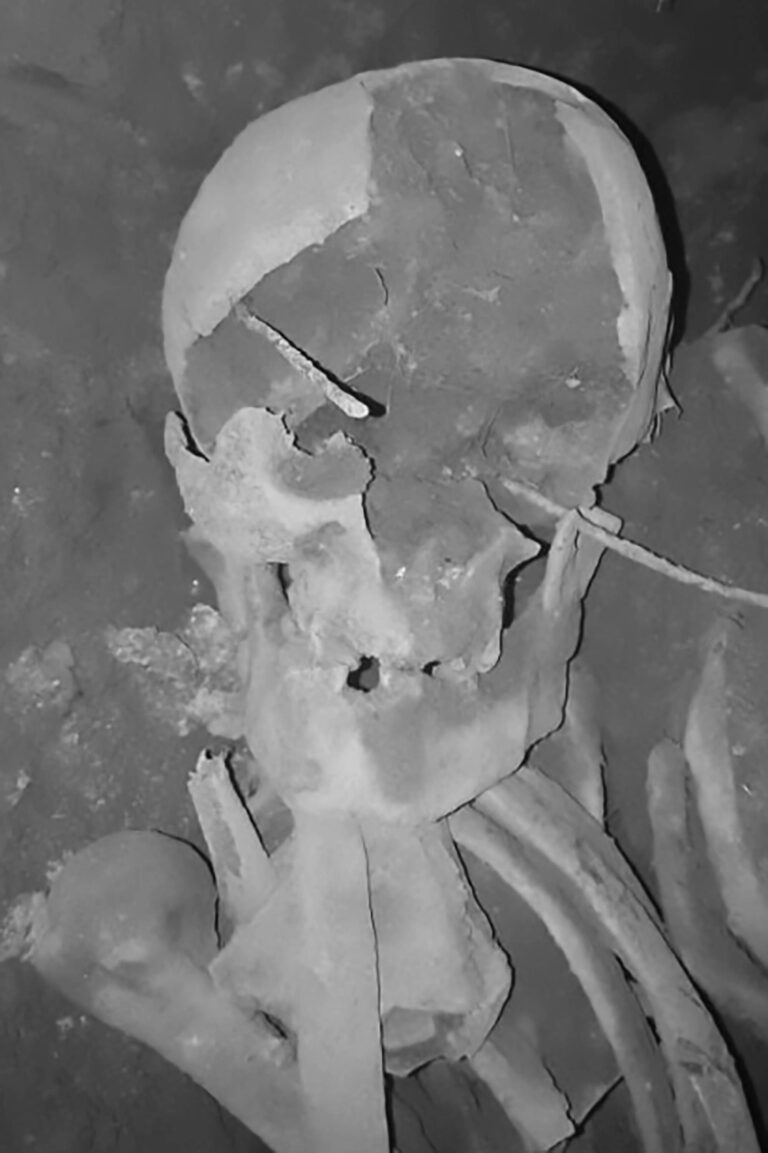Microscopic pieces of plastic from European cities such as London and Paris have been detected in the Austrian Alps at about 3,106 metres above sea level.
Recent measurements taken at the Sonnblick Observatory, which is located in the Austrian Hohe Tauern mountain range, have shown that around 42 kilogrammes of nanoplastics currently end up on every square kilometre of the Alps every year.
This is the first time that EMPA (Swiss Federal Laboratories for Materials Science and Technology) researcher Dominik Brunner, along with his colleagues from the University of Utrecht in the Netherlands and the Austrian Central Institute for Meteorology and Geophysics, have found nanoplastics in the area.

The scientists, who were originally looking for organic particles, were amazed to notice nanoplastics such as polypropylene (PP) and polyethylene terephthalate (PET) by chance, thereby discovering a new method to detect them.
Lead researcher Dusan Materic from the University of Utrecht explained: “Our detection method is a bit like a mechanical nose. And unexpectedly, it smelled burning plastics in our snow samples.”
According to the study, the greatest emissions of nanoplastics into the atmosphere occurred in densely populated and urban areas, with 30 percent of the particles measured on the mountaintop originating from within a radius of 200 kilometres, mainly from cities.

Additionally, about 10 percent of the particles measured in the study had travelled over 2,000 kilometres through the air from major European cities, most notably Frankfurt, Paris, and even London.
The study estimated that up to 3,000 tonnes of nanoplastics cover Switzerland every year, from the remote Alps to the urban lowlands. However, the scientists suggested additional research to verify these numbers.
Materic said: “With this detection method, we are the first group to quantify nanoplastics in the environment. Since the High Alps are a very remote and pristine area, we were quite shocked and surprised to find such a high concentration of nanoplastics there.”

“We were quite gripped by these findings. It’s highly unlikely that these nanoplastics originated from local, pristine Alpine areas. So where did they come from? We completely turned around our research project to study this further.”
The University of Utrecht scientist added: “Advanced modelling supported the idea that nanoplastics are indeed transported by air from these urban places. That’s potentially alarming, because that could mean that there are hotspots of nanoplastics in our cities, and indeed in the very air we’re breathing. We are currently studying this in more detail.”
The result, according to which the detected plastic particles were estimated at 200 nanometres in size, about one hundredth the width of a human hair, is the most accurate record of air pollution by nanoplastics ever made.
The research was published in the international, peer-reviewed journal Environmental Pollution.



The Ananova page is created by and dedicated to professional, independent freelance journalists. It is a place for us to showcase our work. When our news is sold to our media partners, we will include the link here.




